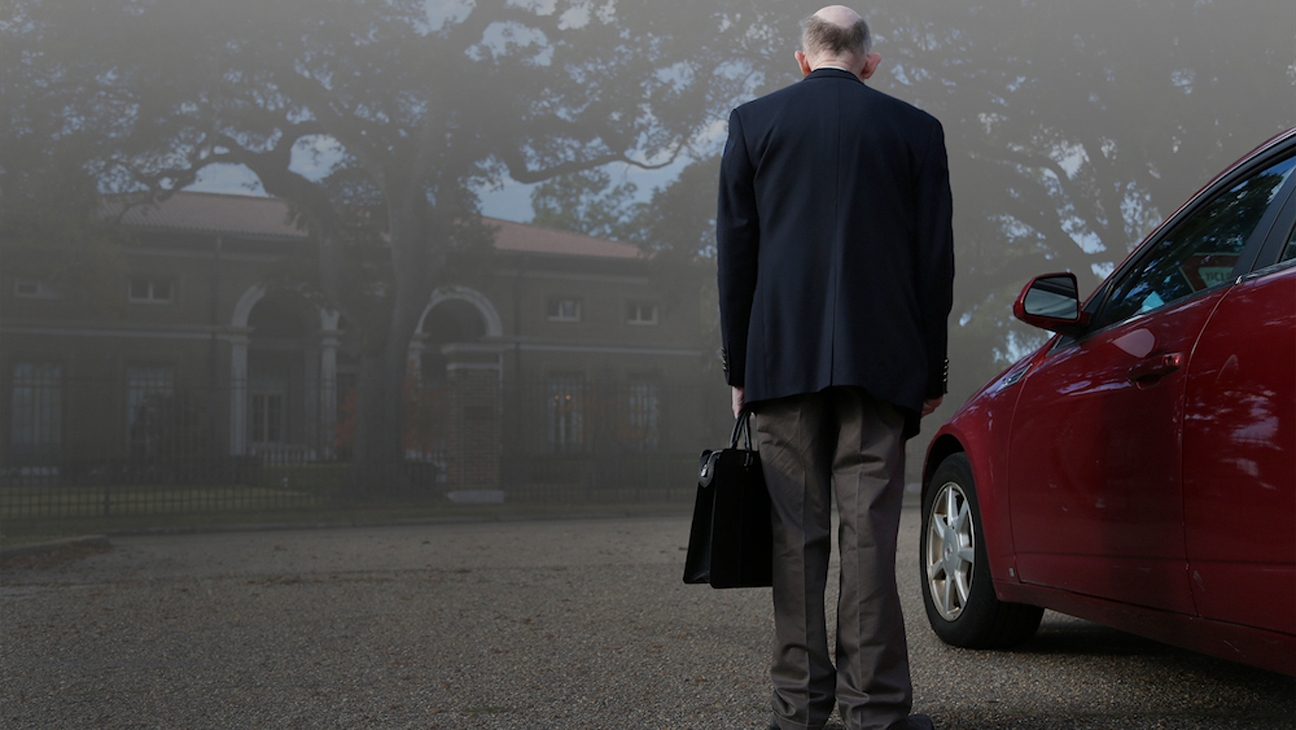By Chlotrudis Independent Film Society
Rating: 4 cats
Director: Jennifer Grausman | Sam Cullman

Country: united_states
Year: 2014
Running time: 89
IMDB: http://www.imdb.com/title/tt3654964/combined
Jason says: “One of the neat things about ART AND CRAFT is that it hints at a number of different angles to an already-interesting story, acknowledging that it is all but impossible to fit the entirety of a tale of art forgery and con artistry that spans decades into a ninety-minute documentary produced at the tail end. Faced with this situation, many filmmakers will wind up calling attention to the gaps rather than maintaining a sharp focus that allows them to make a strong movie with the material they can get.
“That, in large part, involves following Mark Landis, who has spent much of his adult life copying artwork and donating his facsimiles to various museums, seldom being caught and never prosecuted – ‘lying’ does not legally become ‘fraud’ until money changes hands, and Landis never asked for payment. Time is also spent with Matthew Leninger, the registrar at the Cincinnati Art Museum who has spent the most time documenting Landis’s activities and actually met him when working a similar job in Oklahoma City, as well as Aaron Cowan, a curator at the University of Cincinnati’s art museum, and John Copper, the Financial
Times Magazine writer who ended Landis’s anonymity with a major profile article.
“To say Landis is a peculiar case is to severely understate the matter. It’s not that a writer couldn’t make him up if this story was a fiction, but he or she might get accused of building something exaggerated and a little too on-the-nose: He has a stooped posture and is extremely soft-spoken, with a manner of incorporating quotations from film and television into his speech that makes for an easy parallel with his forgeries – he never claims the words or artwork as his own, but always comes off as mimicking the surface rather than examining what’s underneath. There’s a telling moment when he says he would have been a good priest because he can imitate what the title character does on Father Brown (although it’s not hard to imagine him toiling away in a monastery, perfectly transcribing illustrated texts, in some previous century).
“The directors spend a fair amount of time focusing on how Landis has some form of mental illness, from a darkly funny scene where he reads from his extensive case file like it is only vaguely related to him personally to showing his regular visits to a local Mississippi facility. It’s actually part of the film’s bedrock, shaping the audience’s perspective enough that we kind of tut-tut when Leninger casually (or at least non-clinically) describes himself as having OCD or ADHD, even if it is clear that his drive to stop Landis is a clear parallel to Landis’s urge toward what he calls ‘philanthropy’. A little time is spent on the state of how society handles those with Landis’s sort of issues – an impersonal check-in on the one hand and a talk with a former case worker (who, if she was asked about how far Landis took his ‘arts & crafts’ hobby, didn’t have her answers make it into the film) – but mostly they use it to put the audience in a fairly specific place of recognizing that what he’s doing can’t be allowed but not necessarily wanting to take the only thing a well-meaning guy has away.
“Some of the techniques used to present Landis’s point of view are a bit awkward (mostly cutaways to film clips to explain references to pop culture artifacts like The Saint to the younger members of the audience), but for the most part the filmmakers do a good job of showing just enough. We see enough of Landis doing his recreations to understand how he does it and be amused by how stuff from Wal-Mart can be used to create something that passes casual inspection by presumed experts, but it’s not a long tutorial. Other bits give the viewer an idea of what dealing with Landis (and, to a lesser extent, Leninger) is like, but are not extended to the point of being truly uncomfortable in a way that turns the audience against the subjects.
“That’s the kind of careful editing that can get a movie flagged as ‘manipulative’, as though that’s necessarily a bad thing. That’s
especially the case here, when there often stubs that indicate that there are parts of the story missing. Some people who look large and would provide important context, such as Landis’s late parents, are completely unavailable; others were likely unwilling, because what museum director duped by this guy wants to advertise this fact? Other times, potentially tantalizing side-stories sit out of reach, as with the news article that briefly flashes on screen that describes Landis as a former gallery owner, and I have to wonder how that worked.
“Maybe someone will make a dramatized version of this story that can get into that material without having it told via proxy or at arm’s length. Not being able to do that, the people behind ART AND CRAFT make the best film they can with what’s available. It may not be the complete story, but what’s there is plenty interesting. 4 cats
”Seen 14 October 2014 in Landmark Kendall Square #6 (first-run, DCP)”
